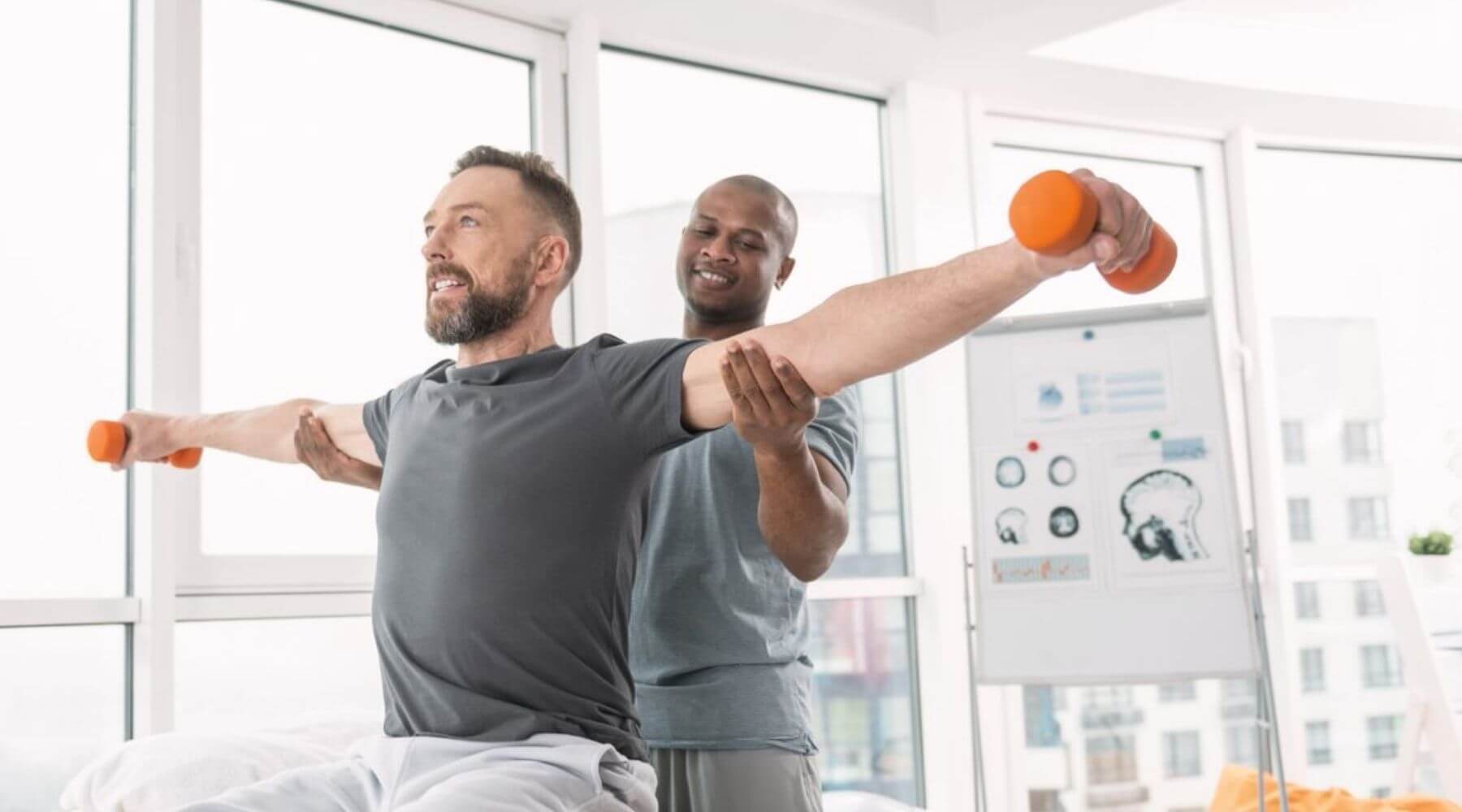
Persistent pain impacts numerous of people globally and can substantially diminish the standard of life. It can arise from various disorders, such as joint inflammation, fibromyalgia, or prior injuries. While drugs and treatments are commonly employed to manage pain, a expanding body of studies indicates that physical activity can play a vital role in alleviating chronic pain. Engaging in consistent physical activity can not only assist reduce pain intensity but also improve overall health and capability. Comprehending how exercise impacts the body can enable individuals to assume control of their pain management.
Exercise has several bodily benefits that can aid alleviate chronic pain. When individuals engage in physical activities, their bodies release endorphins, which are natural pain-relievers. Additionally, exercise can improve blood flow and fortify muscles, providing superior support for articulations. For those with issues like arthritis, low-impact workouts such as swimming or cycling can help maintain joint flexibility without placing excessive strain on the body. Regular exercise also helps in maintaining a healthy weight, which can lessen the stress on weight-bearing joints and additionally alleviate pain.
In addition to its bodily benefits, exercise has a favorable effect on emotional health. Chronic pain can often lead to feelings of anxiety and depression, which can worsen the perception of pain. Engaging in consistent physical exercise can assist fight these emotions by enhancing self-esteem and improving mood. Collective exercises, such as yoga or core strengthening, also provide communal interaction, which can improve emotional see backing. This mixture of physical and mental health benefits makes exercise an essential component of a comprehensive pain management strategy.
It is important to approach exercise with caution, particularly for those managing with chronic pain. Beginning slowly is crucial to prevent exacerbating symptoms. Patients should consider consulting healthcare professionals to develop a personalized exercise plan that takes into account their specific issues and constraints. Exercises such as flexibility training, walking, or light yoga can be great initial points. Slowly boosting the effort and length of sessions can assist build strength and endurance without causing undue stress on the body.
In summary, utilizing the benefits of exercise can significantly alleviate chronic pain and improve standard of life. Consistent physical activity not only helps to reduce pain through the release of endorphins and enhanced muscle strength but also promotes mental well-being. By incorporating exercise into daily routines, patients can enable themselves in managing their pain. A careful and informed method to exercise, directed by healthcare professionals, can lead to lasting improvements in health and overall standard of life.